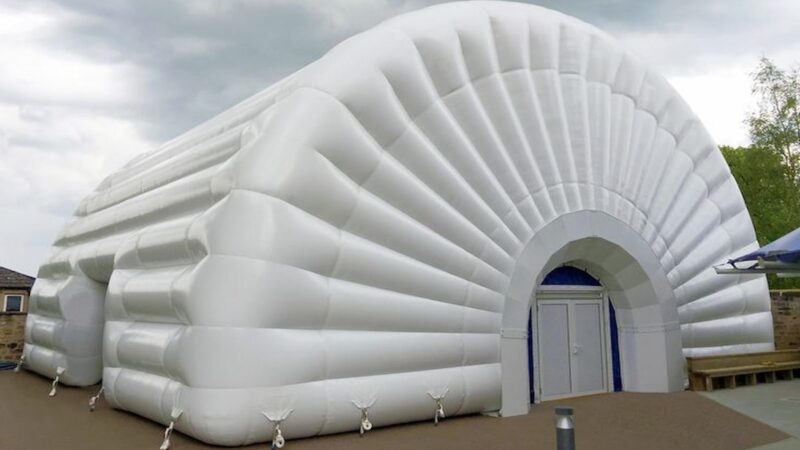How Dividends Work with Share CFD Positions

When investors think about dividends, they often associate them with owning company shares. But what happens when you are trading Share CFDs instead of owning the underlying stock? Understanding how dividends are handled in these contracts is essential for managing expectations and planning trades around ex-dividend dates.
The Nature of Dividend Adjustments in CFDs
Share CFDs are derivative instruments. This means they do not involve direct ownership of the asset. Instead, they replicate the price movement of the stock and provide access to similar market outcomes. This replication includes price adjustments on dividend dates.
When a company declares a dividend, the share price typically drops by the dividend amount on the ex-dividend date. This is a normal market adjustment because new buyers will not receive the upcoming payout. To reflect this, brokers adjust Share CFDs positions accordingly so that traders experience the economic impact of the dividend.
Receiving Adjustments When Holding Long Positions
If you are holding a long position in a Share CFD when a dividend is paid, you will receive a positive cash adjustment. This is designed to mirror the benefit a traditional shareholder would have received. The amount credited to your account is typically equal to the net dividend (after tax) per share multiplied by the number of shares in your CFD position.
This credit appears in your account balance, usually on or shortly after the ex-dividend date. It does not appear as a dividend payment but as a dividend adjustment, which affects your equity directly.
Paying Adjustments on Short Positions
The situation is reversed when holding a short position. Since the seller of a Share CFD benefits if the price drops, and a price drop typically occurs after a dividend is declared, brokers require short sellers to compensate for that drop.
In this case, your account is debited by an amount equal to the dividend per share times your position size. This payment reflects the idea that you are responsible for covering the dividend for the stock you are effectively borrowing in your short trade.
Planning Around Ex-Dividend Dates
Knowing when dividends are scheduled is important if you are holding positions into key dates. Traders using Share CFDs should keep a calendar of ex-dividend dates for the stocks they are watching. Even if you do not intend to hold through the dividend, price action often changes as the date approaches.
Some traders use dividend adjustments as part of their strategy. They might hold long into the dividend and exit shortly after, using the expected price adjustment to their advantage. Others prefer to avoid holding overnight to reduce exposure to these changes.
Tax Considerations May Still Apply
It is worth noting that dividend adjustments on Share CFDs may still be subject to withholding tax, depending on your broker and local regulations. Even though you do not technically receive a dividend in the traditional sense, some jurisdictions treat the adjustment as taxable income.
Traders should consult a tax advisor to understand how these payments affect their reporting obligations. It is also important to review your broker’s dividend policy, which will outline how payments and deductions are processed.
Final Thoughts on Dividends in CFD Trading
Dividends may seem irrelevant to short-term traders, but for anyone holding Share CFDs over multiple days or weeks, they are an important part of the equation. Long positions offer a benefit when dividends are declared, while short positions require payment. Both scenarios affect your account balance and potentially your strategy.
By staying aware of ex-dividend dates and understanding how adjustments are applied, traders can manage risk, avoid surprises, and even turn dividend events into strategic opportunities. Dividends are not just for investors, they matter to Share CFD traders too.






